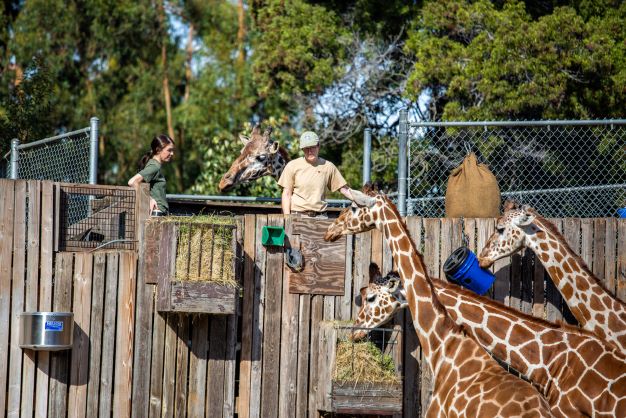In our latest installment of Ask the Expert, brought to you by the team of industry experts at EHS Hero®, we look at a recent question from a subscriber asking if fall protection and rescue plans are required for zoo workers. See what the experts had to say.
Q: I work at a zoo. Do I need to create fall protection and rescue plans? If so, would they need to be written by a qualified person?
Pursuant to OSHA’s walking-working surfaces standard, a general industry employer is only required to develop and implement a fall protection plan if it can demonstrate that it is not feasible or creates a greater hazard to use guardrail, safety net, or personal fall protection systems on residential roofs. If that provision applies to your facility (which seems unlikely), the plan must meet the requirements of 29 CFR 1926.502(k) and the employer must provide training pursuant to 29 CFR 1926.503(a) and (c). A fall protection plan must be prepared by a qualified person and developed specifically for the site where the work is being performed. Any changes to the plan must also be approved by a qualified person.
In terms of a fall rescue plan, in 29 CFR 1910.140(c)(21), OSHA requires an employer to “provide for prompt rescue of employees in the event of a fall” while they are using personal fall protection systems. Though not explicitly required, a rescue plan can help ensure that your employees respond quickly and rescue a coworker promptly in the event of a fall.
Please note, however, that though OSHA may or may not require a fall protection plan and/or a rescue plan at your facility depending on your circumstances, industry standards may have more stringent requirements. For example, ANSI Z359.2 “Minimum Requirements for a Comprehensive Managed Fall Protection Program” requires a written fall protection program whenever one or more person(s) are routinely exposed to fall hazards and need to be protected with a fall protection system. It also requires a fall rescue plan that provides prompt rescue to fallen workers. Though these standards are not OSHA regulations, they provide guidance for worker protection. Additionally, OSHA has looked to industry standards in its enforcement of the General Duty Clause (GDC) as evidence that industry-recognized hazards exist that you as the employer are required to correct to protect employees from death or serious physical harm. Consequently, it may be wise to create and implement a fall protection plan and rescue plan at your facility in order to provide the highest level of worker protection and to avoid enforcement pursuant to the GDC.
Ask the Expert is a service provided to subscribers of BLR®’s EHS Hero product, where experts are ready with answers to your organization’s unique questions surrounding EHS compliance. To learn more and request a trial of EHS Hero, click here.

